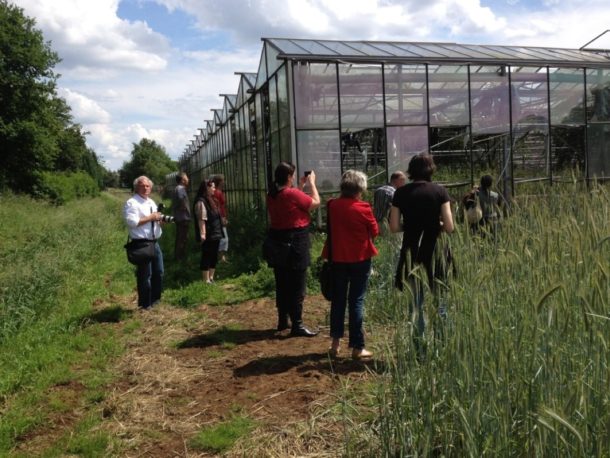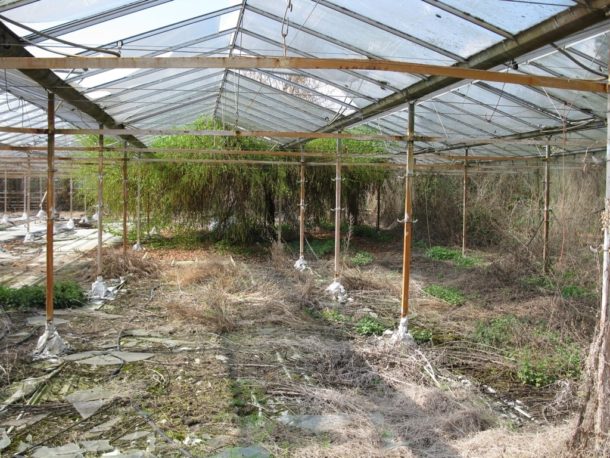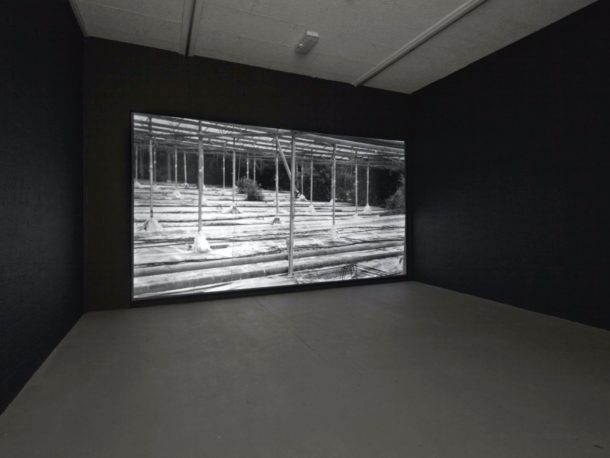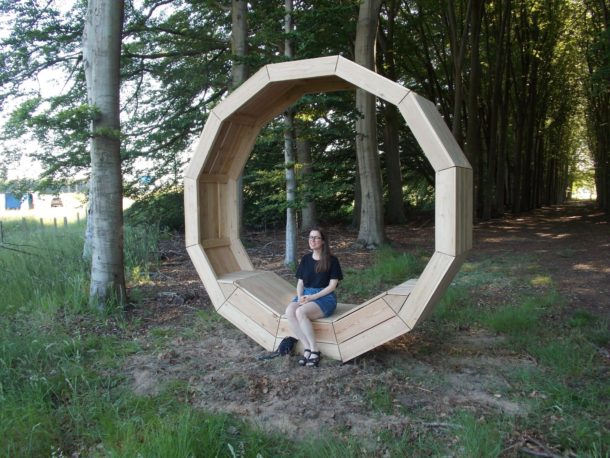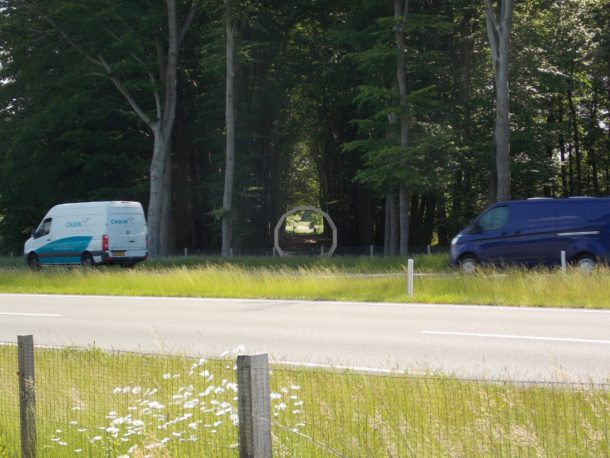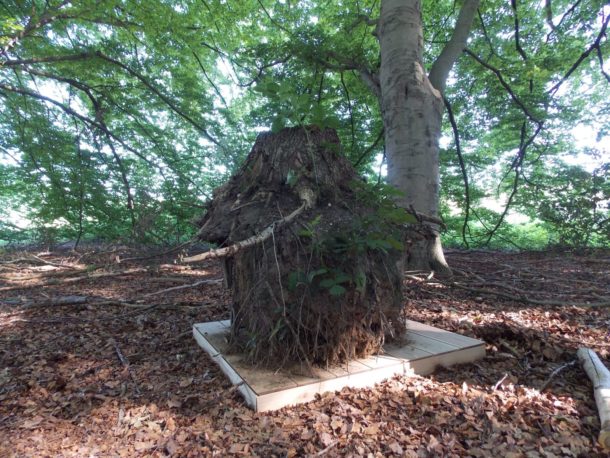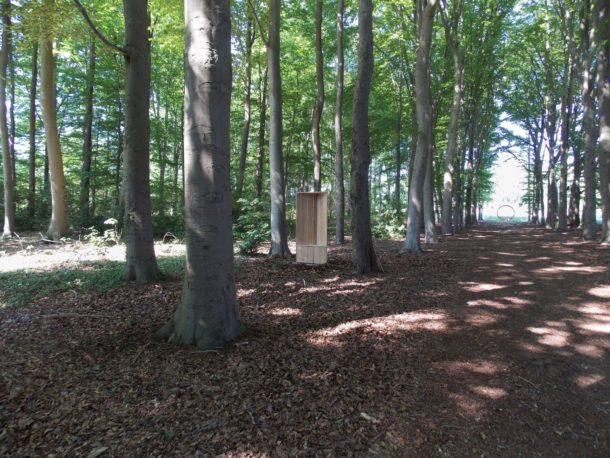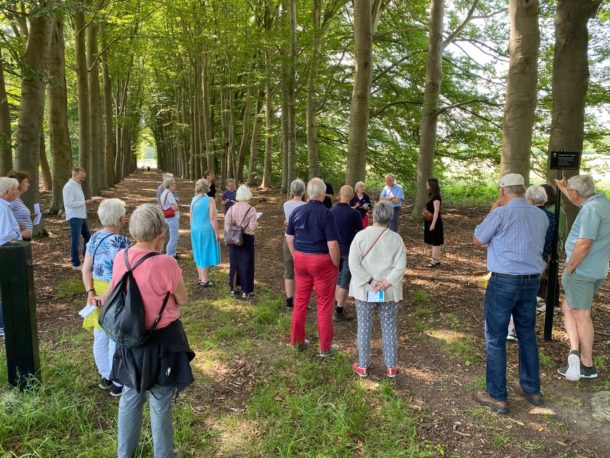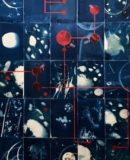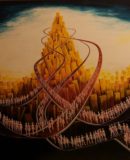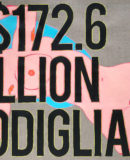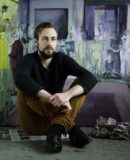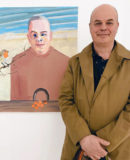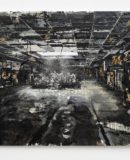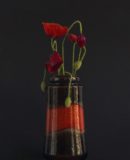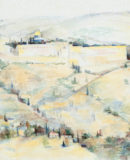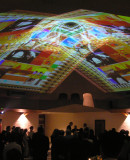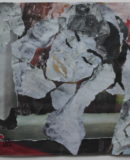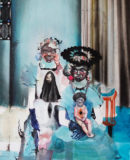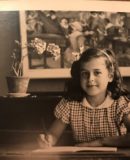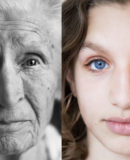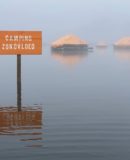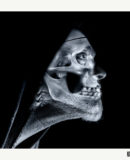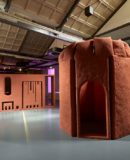World Fine Art Professionals and their Key-Pieces, 325 - Heidi Linck
World Fine Art Professionals and their Key-Pieces, 325 – Heidi Linck
One of the artists of the IJssel Biennale 2021 is Heidi Linck. Her work can now be seen in the Hof te Dieren estate. She showed it to interested parties during a ‘walkshop’. In Heidi’s work, visual art, landscape, ecology and archaeology merge.
She is attracted to landscapes that are in transition and where different time layers visibly and invisibly intertwine. She wants to make the untold stories and the history of the location visible and experience-able for the public.
Abandoned places
Heidi was happy to provide some further explanation. Heidi: “It mainly concerns places that were once built and used by humans and are now abandoned. I investigate abandoned places in the city and in the landscape for traces of human presence and the intertwining of time layers, stories, events.”
These are places that are no longer managed and where nature and unintended use are given all the space they need. “Environments are then created that introduce surprise, adventure and poetry, without being designed. By using all my senses in my research, I come into contact with the Genius Loci, the spirit of a place, which is not only present in the tangible space, but also in the intangible atmosphere of a place.”
The Genius Loci
She thinks that the Genius Loci is a kind of presence that is unique to each place and inextricably linked to the identity of the place. “I also realize that as an artist I have developed a sense for this, but that it is certainly not self-evident that others see and feel what I see myself. Plus that what I experience is strictly personal, and that the space to experience something personal is so valuable. That is why I create encounters with places, where my aim is not to convey to the public my own experience of the place, but to meet them with my art in a new and personal way.”
The adventure
Why is this theme important to her? Heidi: “I notice that our landscape and our cities are so over-designed that there is hardly any room left for the unplanned, for the adventure and for the meaning of that which serves no economic purpose. Everything must be risk-free, predictable and above all generate a lot of financial income per square meter. Value and significance are measured by economic returns.”
She wants to break that. “I see our spatial environment as a product of our culture, as a reflection of who we are and I suppose that we tend to organize our landscape the way we try to organize our lives. But the most valuable experiences in life and in the landscape, I think, are the unplanned things. With my work I want to allow unplanned places to arise, to allow them to continue to exist and to be an alternative to the planned landscape around them.”
Key work
Does she have a key work, and if so, what is it? “In 2012, I did an art project in a dilapidated greenhouse complex in Limburg, without making any physical changes to that place. The project is called To Have and to Hold and it was part of Mapping the Landscape by Museum Van Bommel Van Dam. Although this was a museum project, it actually took place far beyond, in a greenhouse complex that had been abandoned for so long that a spontaneous landscape of beautiful trees and shrubs had grown within the steel structures.”
She stayed there, did research, collected stories and gave them back to local residents. “I organized a Walkshop for the first time in my practice. I stumbled upon all kinds of secrets about the place, something that almost always happens to me when I work somewhere ever since. At the end of the project, one of the local residents said that I had changed the place, which until then had been perceived as a rotten place, for them without touching it. That insight meant that I never again naturally started building material or sculptural works. If I do that now, it is to exhibit the environment where I install them and not to exhibit the objects themselves. In both cases, my material and immaterial works mediate the encounter between space and the public.”
Space and landscape
Heidi Linck is an artist in 2006, when she graduated from ArtEZ Fine Art in Arnhem. “Immediately after graduating, I entered the gallery circuit, where I mainly exhibited and sold my drawings and photos of installations. But my installations increasingly found their place in public space, where I can also reach people who don’t go to the museum or gallery so quickly.”
She also observed that art can have more influence on how we deal with space and landscape outside the walls of the gallery circuit. “Without turning our backs on the galleries, the public space is now the most important context for my work. But the drawing has never stopped and I do exhibit them every now and then.”
Go explore on your own
Finally, what is her philosophy? “By using all my senses, I also meet the Genius Loci of a place. It is not only in the tangible space, but above all in the intangible atmosphere of that place. I don’t really want to convey my own experience of that place to the public, but rather activate them to explore and experience the place in their own way.”
https://www.heidilinck.nl/
https://ijsselbiennale.nl/
https://ifthenisnow.eu/nl/verhalen/de-wereld-van-de-gelderse-kunstenaar-6-heidi-linck
Disclaimer: The views, opinions and positions expressed within this guest article are those of the author Walter van Teeffelen alone and do not represent those of the Marbella Marbella website. The accuracy, completeness and validity of any statements made within this article are not guaranteed. We accept no liability for any errors, omissions or representations. The copyright of this content belongs to Walter van Teeffelen and any liability with regards to infringement of intellectual property rights remains with the author.


